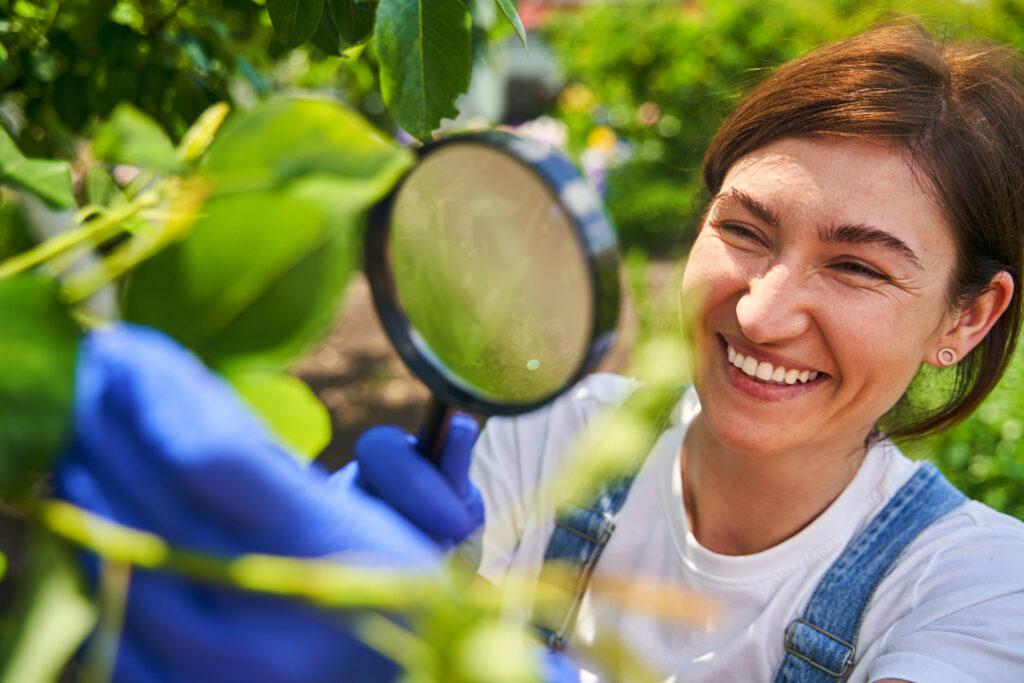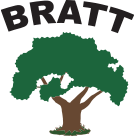Tree Identification
The Twin Cities, comprising Minneapolis and St. Paul, are home to a variety of native trees. This guide will help you identify the most common trees in the area, understand their basic care needs, and become aware of common diseases they might face.
Got an Emergency?

Common Trees in the Twin Cities Area
Here is a full list of these popular types of trees in MN, including information about how to tell them apart, how to care for them, and what diseases they might get. This guide will help you learn more about the Twin Cities’ trees, whether you’re a budding ISA Certified Arborist or just a curious local.
Red Maple
- Identification: Leaves are typically lobed with serrate leaf margins. Bright green on the upper side and silvery-green on the underside.
- Basic Care: Adaptable to various soil types. Prefers full to partial sunlight.
- Common Diseases: Anthracnose, leaf spot.
Sugar Maple
- Identification: 5-lobed leaves with a dark yellowish-green color. Bark is dark gray with furrowed ridges.
- Basic Care: Prefers well-drained soils and partial to full sunlight.
- Common Diseases: Tar spot, verticillium wilt.
Bur Oak
- Identification: Broad leaves with lobes. Acorns are large with a fringed cap.
- Basic Care: Tolerant of various soil types. Prefers full sunlight.
- Common Diseases: Oak wilt, powdery mildew.
Red Oak
- Identification: Leaves have pointed lobes. Bark has a cross-country skiing pattern.
- Basic Care: Prefers slightly acidic, well-drained soils. Full to partial sunlight.
- Common Diseases: Oak wilt, leaf blister.
River Birch
- Identification: Recognizable by its peeling, reddish-brown bark. Leaves are diamond-shaped.
- Basic Care: Prefers moist, well-drained soils. Full to partial sunlight.
- Common Diseases: Leaf spot, birch dieback.
White Pine
- Identification: Long needles bundled in groups of five. Bark is smooth in young trees and becomes flaky in older ones.
- Basic Care: Prefers well-drained soils and full sunlight.
- Common Diseases: White pine blister rust, root rot.
Silver Maple
- Identification: Leaves are five-lobed with deep notches between the lobes. The bark is gray and shaggy.
- Basic Care: Tolerant of a variety of soil conditions, including wet soils. Prefers full sunlight.
- Common Diseases: Tar spot, anthracnose.
Basswood
- Identification: Heart-shaped leaves with a pointed tip. Fragrant yellowish-white flowers.
- Basic Care: Prefers moist, well-drained soils. Full to partial sunlight.
- Common Diseases: Leaf blight, powdery mildew.
White Oak
- Identification: Leaves have rounded lobes. Bark is light gray and slightly scaly.
- Basic Care: Prefers well-drained soils. Full sunlight.
- Common Diseases: Oak wilt, powdery mildew.
Black Walnut
- Identification: Compound leaves with 15 to 23 leaflets. Produces round, hard-shelled nuts.
- Basic Care: Prefers deep, well-drained soils. Full sunlight.
- Common Diseases: Thousand cankers disease, walnut anthracnose.
White Cedar
- Identification: Scale-like leaves in flat sprays. Bark is reddish-brown and fibrous.
- Basic Care: Prefers moist to wet soils. Full to partial sunlight.
- Common Diseases: Cedar-apple rust, twig blight.
Eastern Red Cedar
- Identification: Scale-like leaves. Produces blueish berries. Bark is reddish-brown and peels in thin strips.
- Basic Care: Tolerant of various soil types. Full sunlight.
- Common Diseases: Cedar-apple rust, bagworms.
Cherry
- Identification: Simple leaves with finely serrated edges. Produces small black cherries.
- Basic Care: Prefers well-drained soils. Full to partial sunlight.
- Common Diseases: Black knot, cherry leaf spot.
Hackberry
- Identification: Leaves are oval with serrated edges. Produces small purple-black berries.
- Basic Care: Tolerant of various soil types. Full to partial sunlight.
- Common Diseases: Witch’s broom, powdery mildew.
Red Pine
- Identification: Needles are bundled in pairs. Bark is reddish-brown and scaly.
- Basic Care: Prefers sandy, well-drained soils. Full sunlight.
- Common Diseases: Pine wilt disease, needle blight.
Swamp Birch
- Identification: Oval leaves with serrated edges. Bark is reddish-brown and peels in thin layers.
- Basic Care: Prefers wet, swampy areas. Full to partial sunlight.
- Common Diseases: Birch leaf miner, bronze birch borer.
Maple
- Identification: Typically, three- to five-lobed leaves. Bark varies by species.
- Basic Care: Prefers well-drained soils. Full to partial sunlight.
- Common Diseases: Tar spot, verticillium wilt.
Balsam Fir
- Identification: Flat needles with a distinct fragrance. Bark is smooth and gray with resin blisters.
- Basic Care: Prefers cool, moist, well-drained soils.
- Common Diseases: Rust diseases, needle cast.
White Spruce
- Identification: Needles are short and sharp. Produces small cylindrical cones.
- Basic Care: Prefers moist, well-drained soils. Full sunlight.
- Common Diseases: Needle rust, spruce gall adelgid.
Hickory
- Identification: Compound leaves with five to nine leaflets. Produces hard-shelled nuts.
- Basic Care: Prefers deep, well-drained soils. Full sunlight.
- Common Diseases: Hickory bark beetle, leaf spot.
Tamarack
- Identification: Needles turn golden yellow in the fall and drop off. Produces small cones.
- Basic Care: Prefers wet, acidic soils. Full sunlight.
- Common Diseases: Larch casebearer, needle blight.
Swamp White Oak
- Identification: Leaves have rounded lobes with a whitish underside. Bark is rough and scaly.
- Basic Care: Prefers moist, well-drained soils. Full to partial sunlight.
- Common Diseases: Oak wilt, leaf blister.
Paper Birch
- Identification: Recognizable by its white, peeling bark. Leaves are oval and serrated.
- Basic Care: Prefers moist, well-drained soils. Full sunlight.
- Common Diseases: Bronze birch borer, leaf miner.
Black Spruce
- Identification: Short, sharp needles. Produces small, egg-shaped cones.
- Basic Care: Prefers wet, acidic soils. Full to partial sunlight.
- Common Diseases: Needle rust, spruce budworm.
What To Expect
Discover the Difference
Satisfaction Guaranteed
Our job is never complete until you are 100% satisfied with our services.
Upfront
Pricing
We offer 100% transparent pricing to all our valued customers, so you know what to expect.
Trained
Technicians
Our ISA-certified arborists are trained in the most advanced industry tools and techniques.
Commitment
to Community
We’ve proudly delivered trusted tree services to the Twin Cities for more than 30 years.

